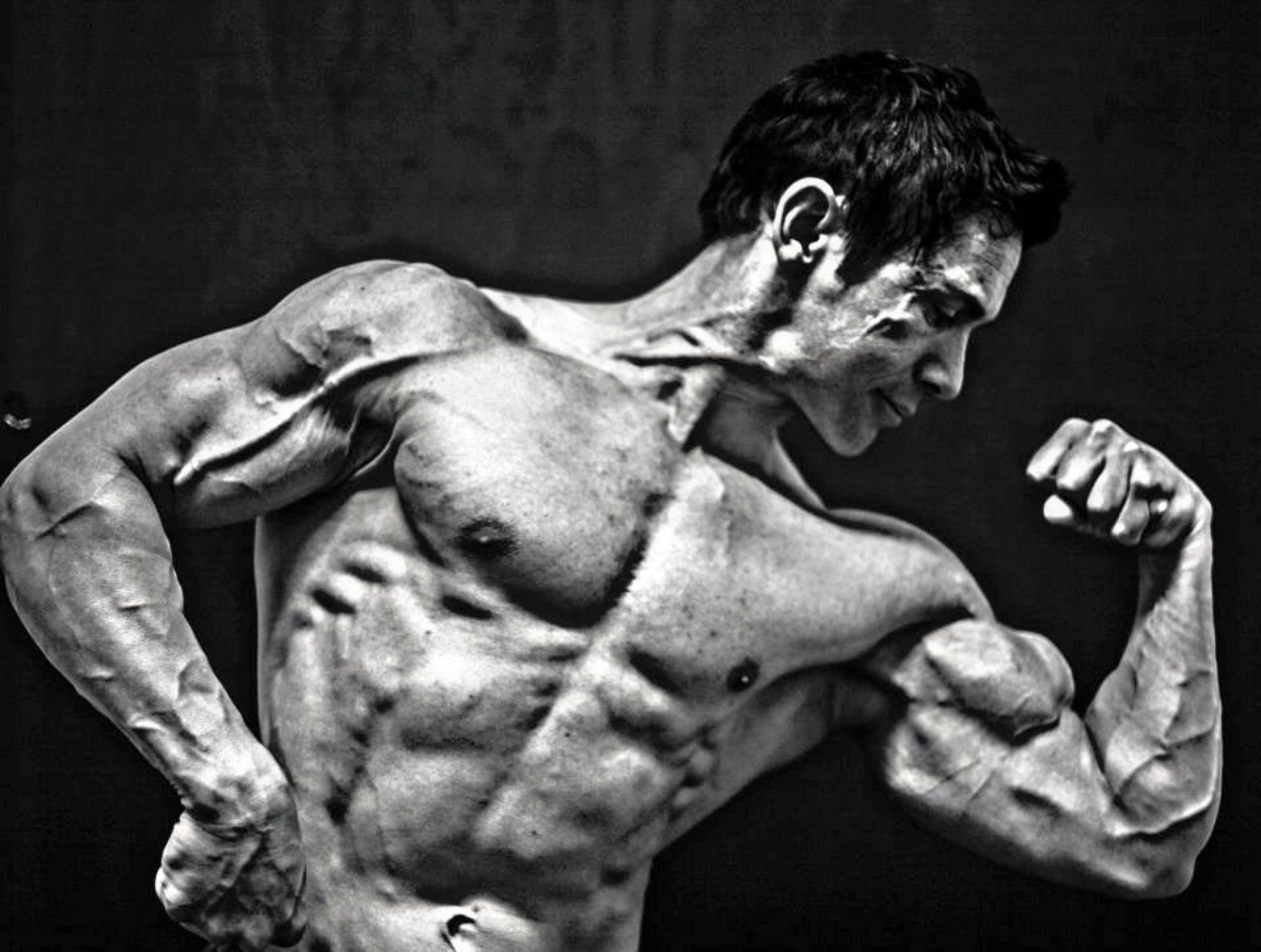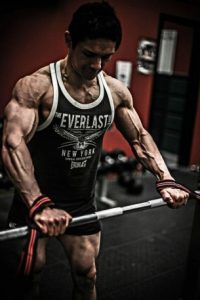It has been a goal of mine ever since I began competing to have the opportunity to judge a bodybuilding show. Last weekend I got the chance to do just that at the NABBA-WFF Christchurch Grand prix, organised by Richard and Annette Parnham. The show was an outstanding success and there were so many highlights throughout the show that I thought I would share them and my perspective from being on the other side of the judges table.
I know as a competitor that you can be so focused on what you are doing that you don’t notice all the hard work that goes on behind the scenes-this time I got to take it all in. The first thing I noticed on arriving at the venue was that the backstage area was well prepped and ready with Mark De Lew (Oomps) as backstage manager. He is the best at what he does; excellent organisational skills, professional, hilarious and being a former competitor, knows his stuff! He takes all the stress out of the backstage area and does it effortlessly.
As I moved from backstage to the judging table I was impressed with the amount of prizes that were side stage. Richard and Annette must spend all year organising and getting sponsorship as there were supplements, electrical devices, gym apparel, bags and 42 inch TVs and more up for grabs. The trophies were expensive looking and then there were the overall trophies which looked like valuable pieces of art!
The judging panel were all friendly and down to earth people who are past or current competitors who just want to give back to a sport they are passionate about. The head judges, Alex Simays and Maree Stubbington were transparent and clear in their instructions of how to judge each class and it was great to see Chris Gooch (one of the best athletic competitors in NZ) their being a “test judge” too. Leanne Simays was our “lead” judge making sure that we were on task; her knowledge and direction definitely helped to make it a great learning experience. As a competitor it is always important to be able to ask for guidance and to be told why you received a certain placing. I have experienced just that with NABBA-WFF, in fact last year the advice I received during the very same show was instrumental in helping me win the overall! Like last year the judges were approachable and willing to share their expertise.
Now for the show! It started right on time with MC Kingsley Hannah, a seasoned pro when it comes to engaging the crowd, introducing “Moorehouse” to kick off the show! Wow! Unexpected but very much appreciated by the audience. This was a show where they had thought of everything and left no stone unturned to make it a memorable experience. The interactive activities with the audience like the children’s pose down and the adult isometric side raise with protein bags was a hoot and the prizes for it were phenomenal. We had the pleasure of seeing Mark Anderson guest pose and for a massive man he showed all his expertise and experience on how to move and pose gracefully onstage. Moorehouse came back on later on to keep the momentum going too.
At half time during the one format show I went backstage to see how it was all going. Lisa Menzies of GO Figure was there- she is a great personality who always does her best to highlight athletes and cover shows around the country. Mark De Lew, Missy Hawkins and the team were doing their thing and the vibe was just as it should be- positive and relaxed. It was also good to catch up with Sam Murphy, photographer extraordinaire. Richard and Annette were busy, as they were throughout the show, making sure everything continued to run smoothly.
The athletes in all classes were of a high standard and it was a real treat to judge and see that we as a panel were in agreement to where the athletes placed on the day. The overall winners were international standard; with Phil Kuklinski taking out the overall physique looking huge, lean and proportioned. He must have the biggest rear delts I have ever seen! Overall figure champ Sue Bettridge was as awesome as ever and WFF athletic champ Stephanie Blake epitomised the look that this class entails. 19 year old Alex Faulkner won the overall athletic Men’s title with one of the most shredded physiques I have seen on a NZ stage- Awesome to watch! Also, since NABBA-WFF is affiliated with NABBA International all these athletes have now qualified to compete at their respective international NABBA competitions. Other competitors that stood out for me on the day were Guy Priest who won class 2 Athletic with a classical physique and Elroy Shum in Class 4 Athletic who will be tough competition when I return to the posing dais.
So from the other side of the judges table I have to say in all the bodybuilding competitions I have been to over the years this was the best show for the athletes and audience alike. The people, atmosphere and prizes were second to none and a credit to Rich, Annette and the NABBA-WFF team.


